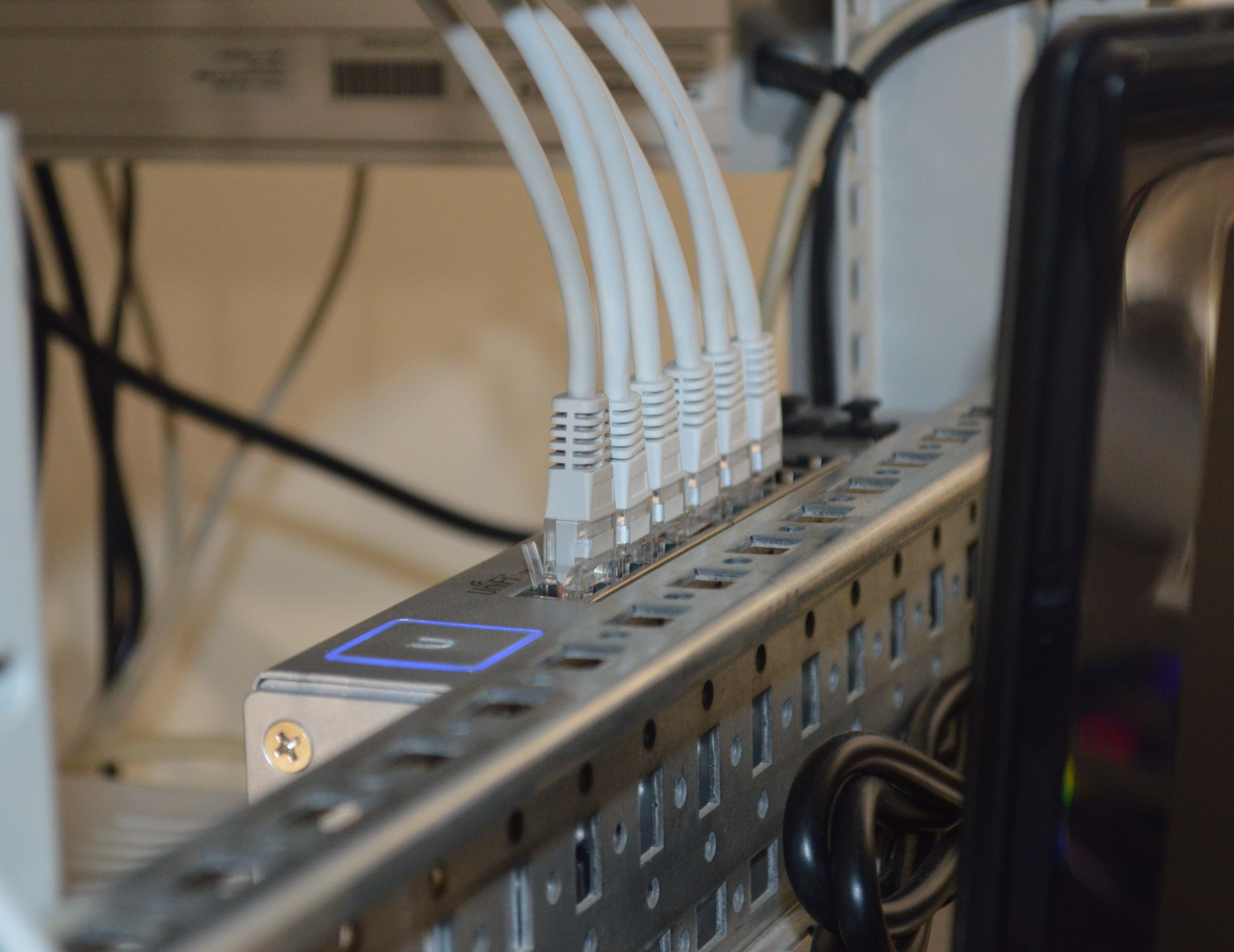He particularly enjoys his time on the coast of Bahia, Brazil, he said, because, in addition to being close to nature and providing great outdoor activities for his three children, Jensen said he likes “living in an environment that exposes me to the same types of problems I am working to address.”
His current projects include advising on improving connectivity in the Marshall Islands, devising ways to track regulatory change in West Africa and documenting successful community-based rural connectivity initiatives in developing countries.

So, what are the biggest hurdles today in bringing connectivity to such far-flung locations?
“The biggest bottleneck really is the level of awareness of governments in terms of what they need to do to make their networks more cost-effective, and thus more affordable for the general public,” he said. “There is still a general attitude in many countries that incumbent legacy operators must be protected, or that there is only one strategy to connect the unconnected, which is mobile broadband. … It continues to be difficult to break that mentality.”
Other issues are access to electricity, poor roads and lack of skilled workers.
And what are the most promising new technologies for solving these issues?
“The potential for low-earth orbit constellations of satellites is one area that is extremely exciting,” he said, “and combining that with some of the new low-cost solar-power systems. Some good designs for bullet-proof solar-powered wireless access points are emerging, and in using the new satellite connectivity that is being planned we could really see some radical change in connectivity for the most isolated communities that don’t have the prospect of a terrestrial connection in the new future.
“On the terrestrial side, I am keen to see the regulatory environment opening up to allow the TV bands to be used for long distance non-line-of-sight data communications. Using the next generation of low-cost software-defined radios, which can efficiently share the spectrum, will help us reach areas that are currently cut off due to the terrain. For small islands, long-distance submarine fiber connections using technologies such as Ramen amplifiers that don’t require power and repeated connections every few kilometers means we can reach a new level of effectiveness for serving isolated island communities.”